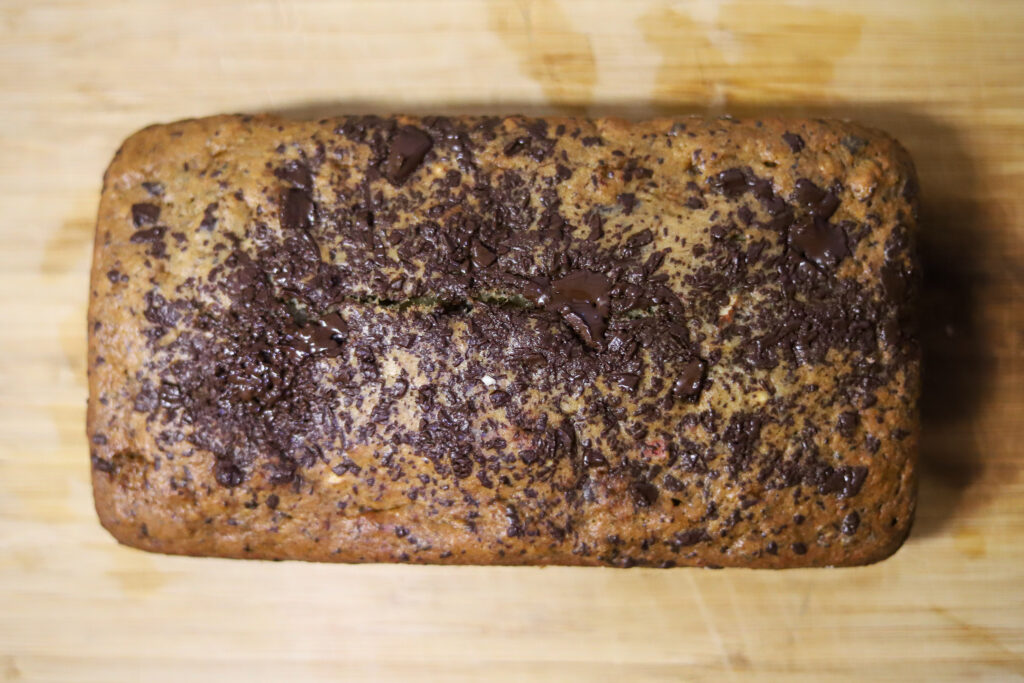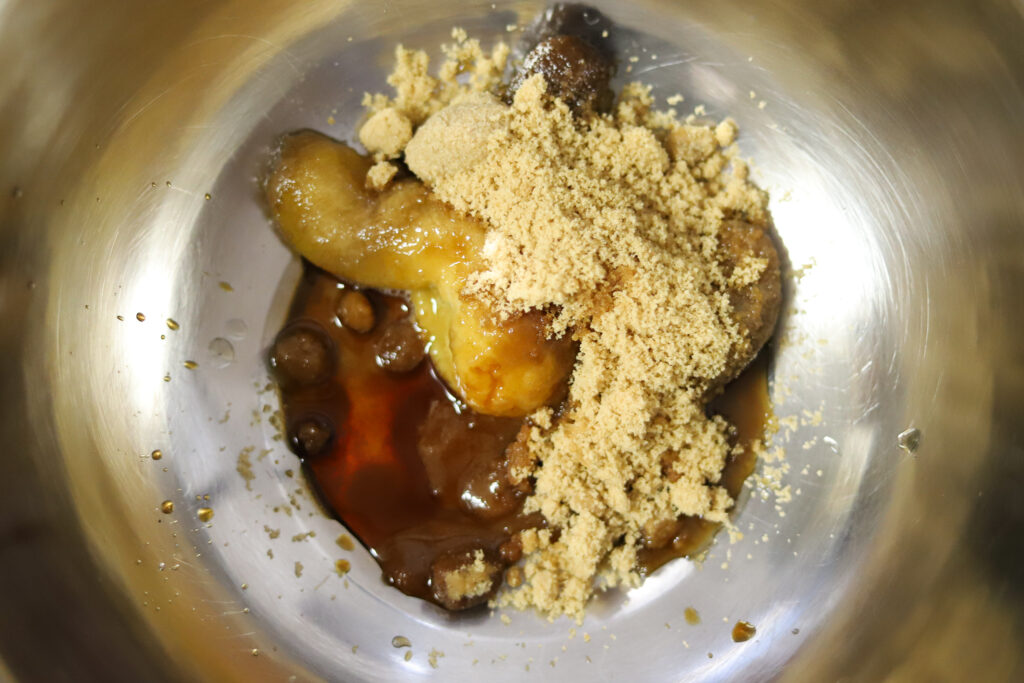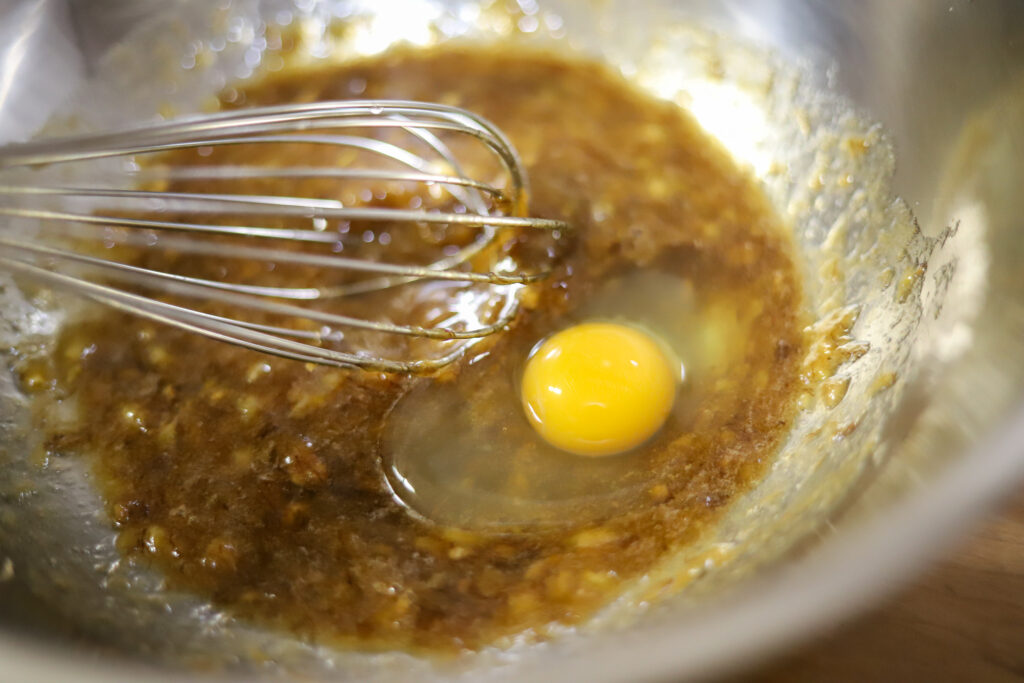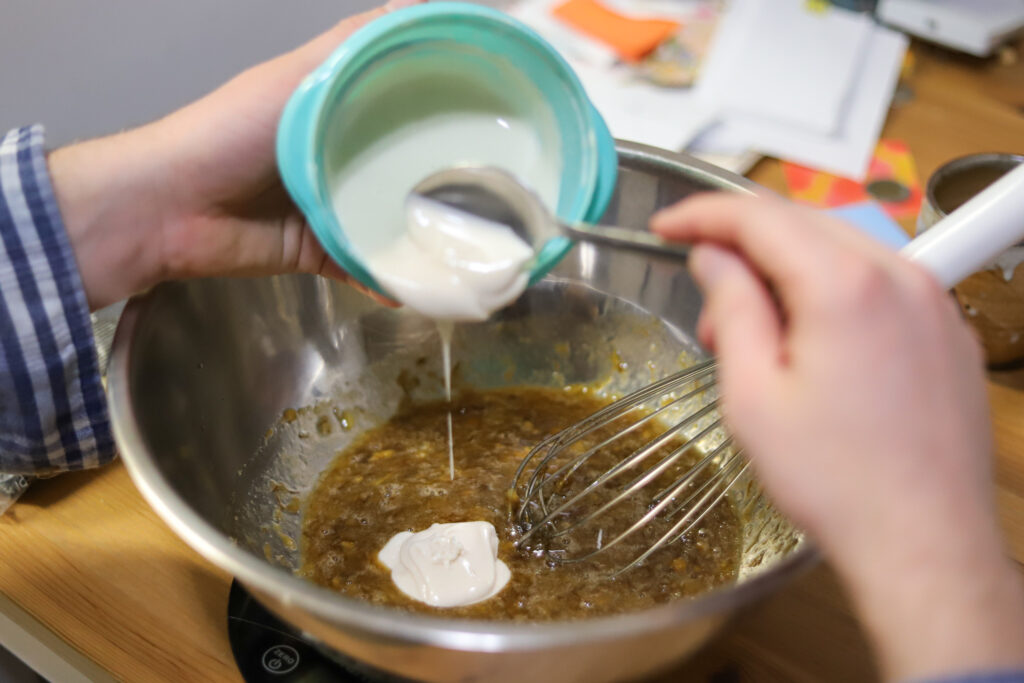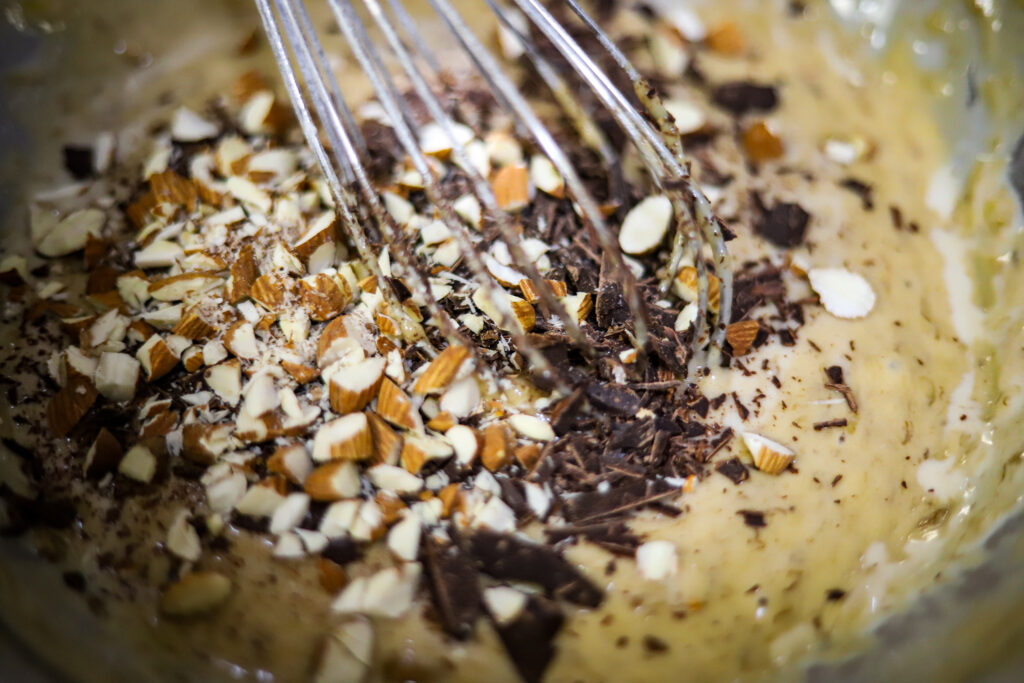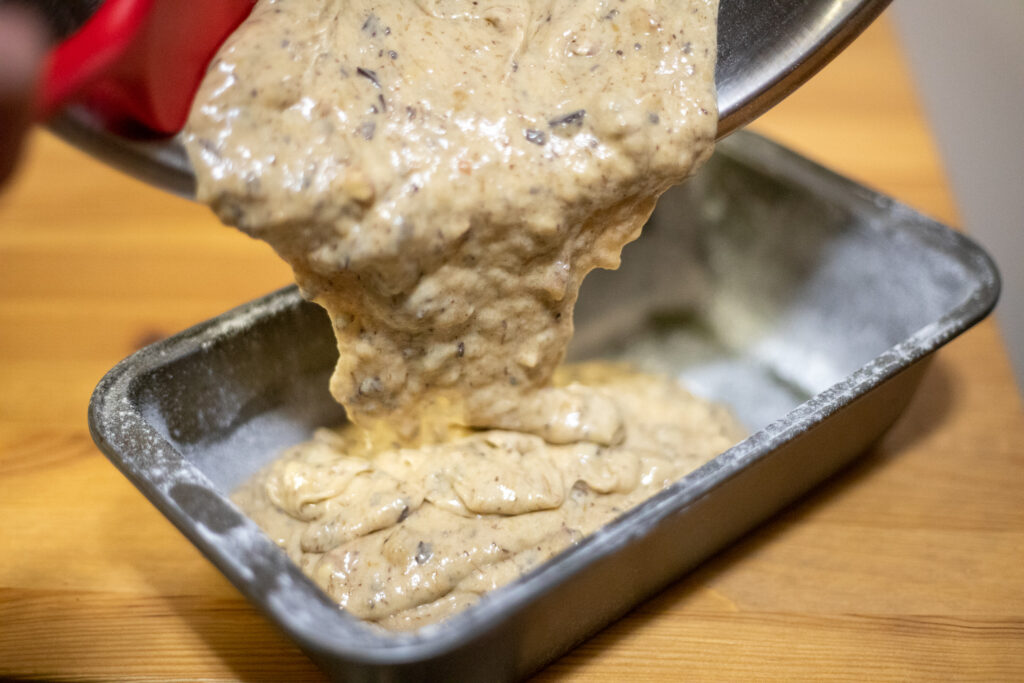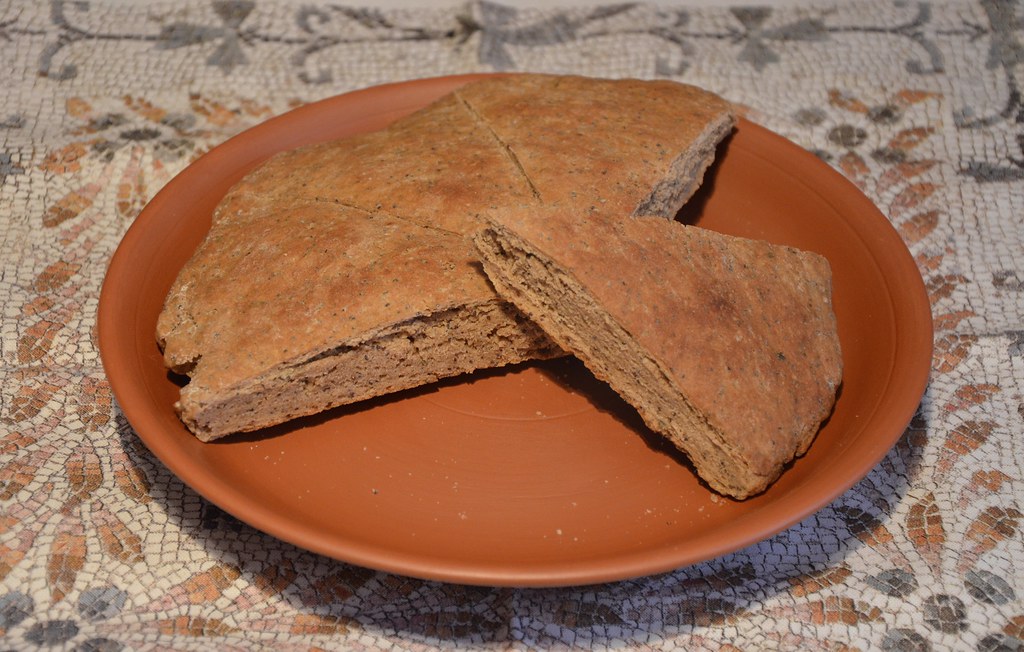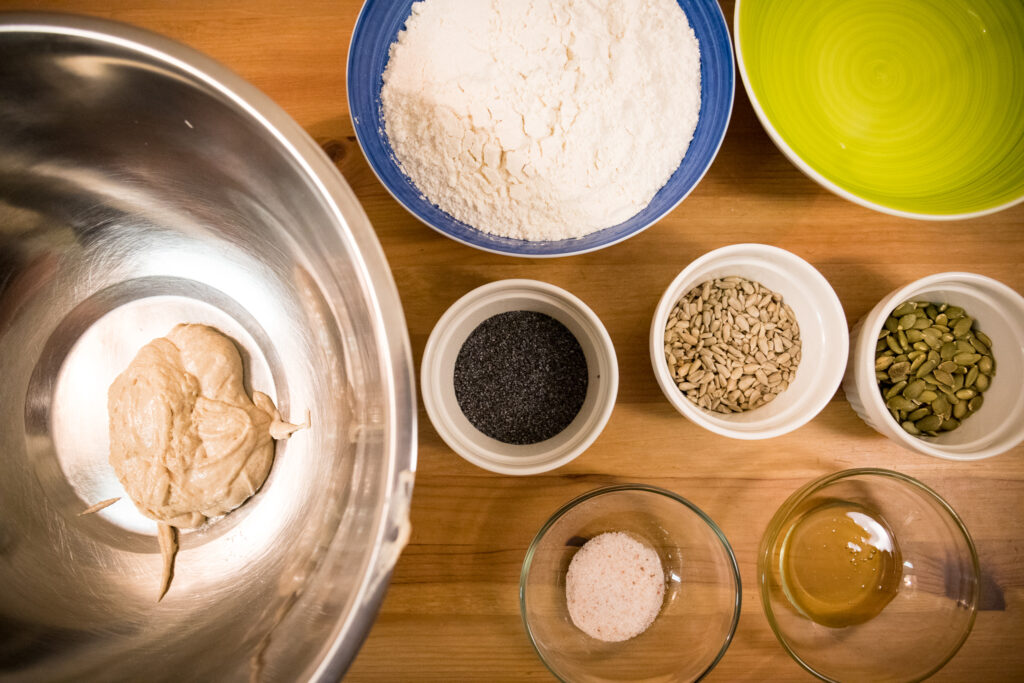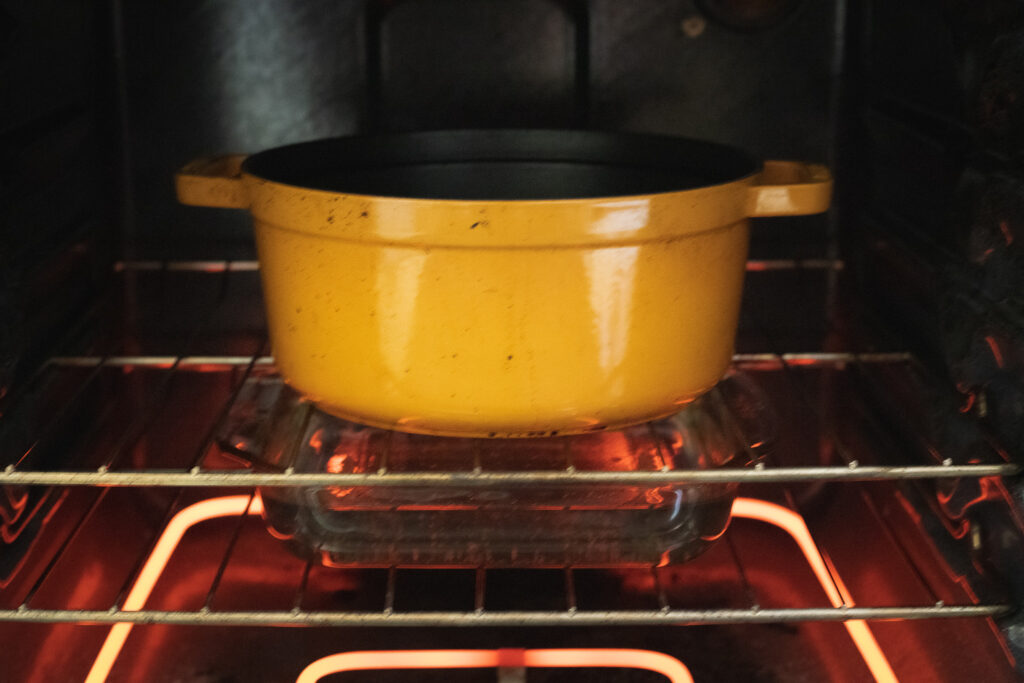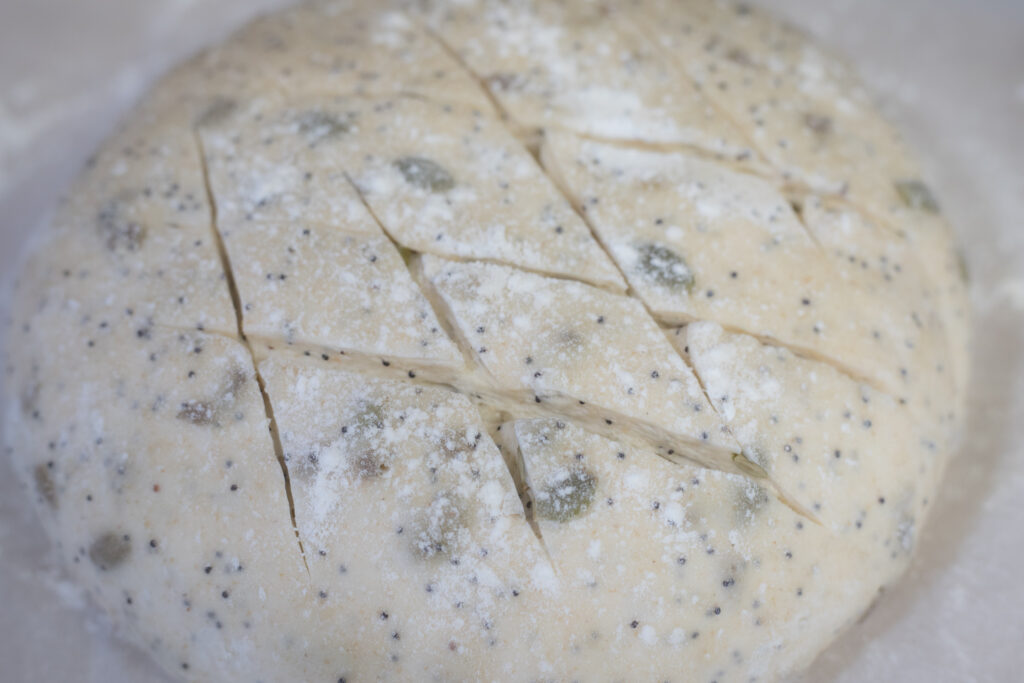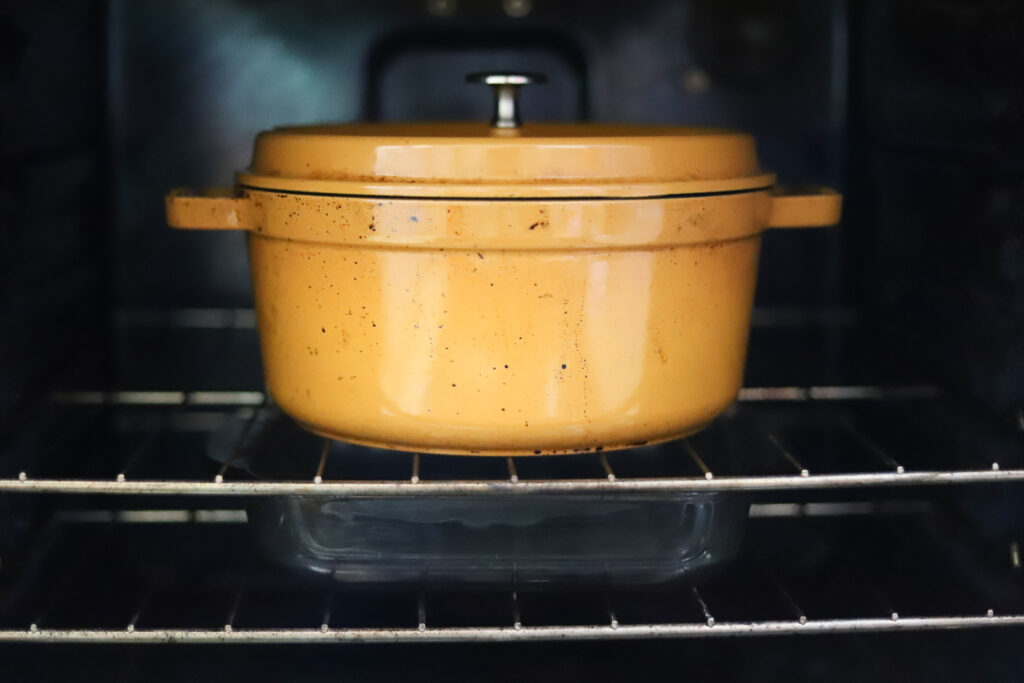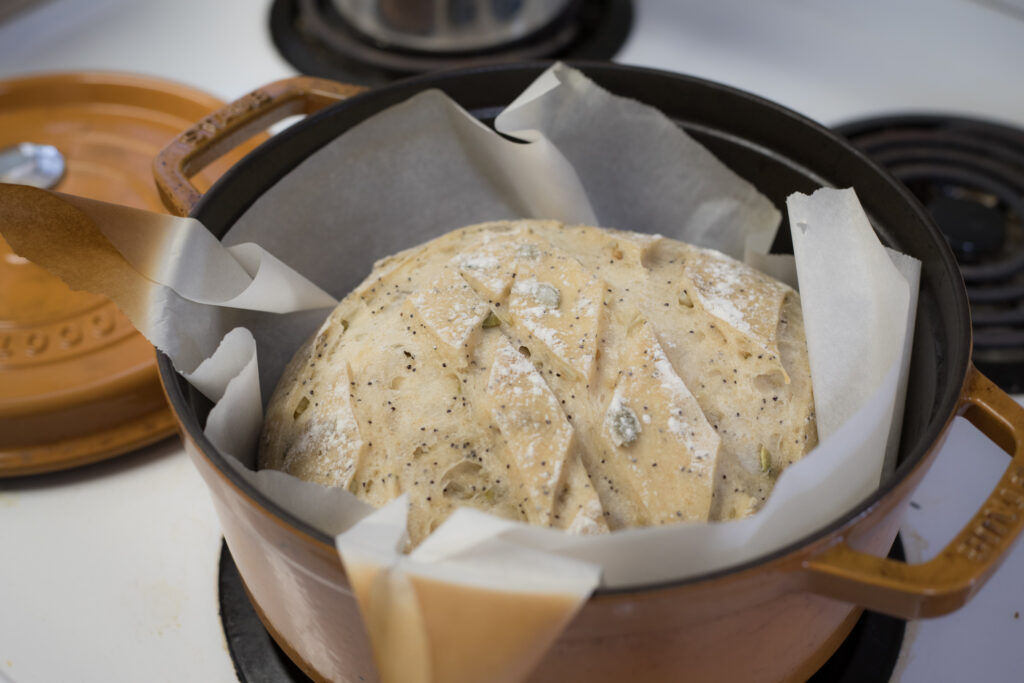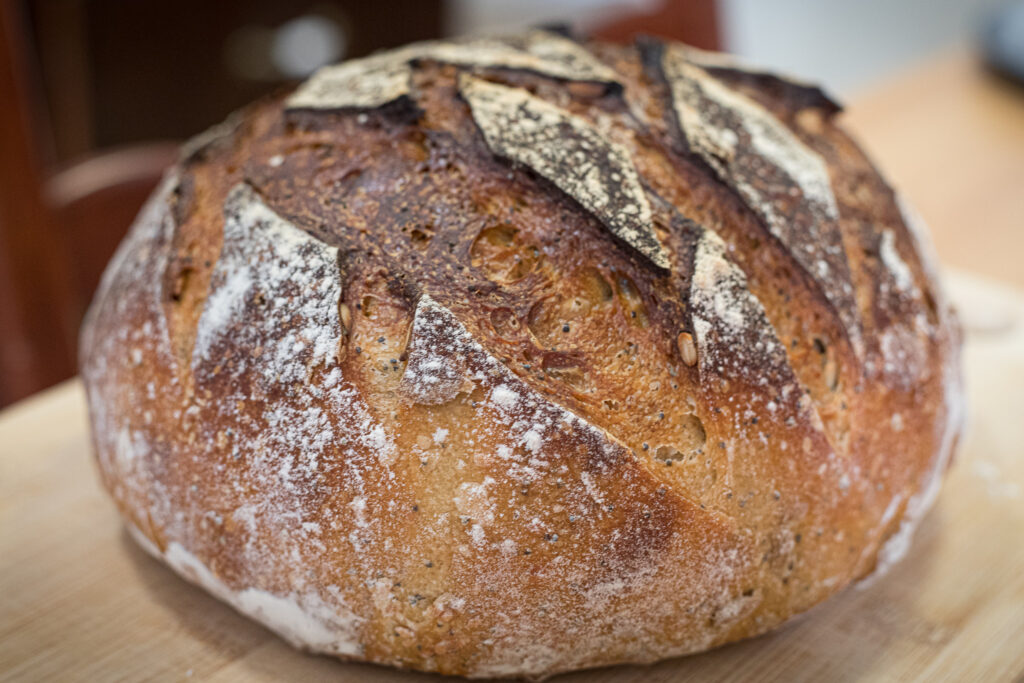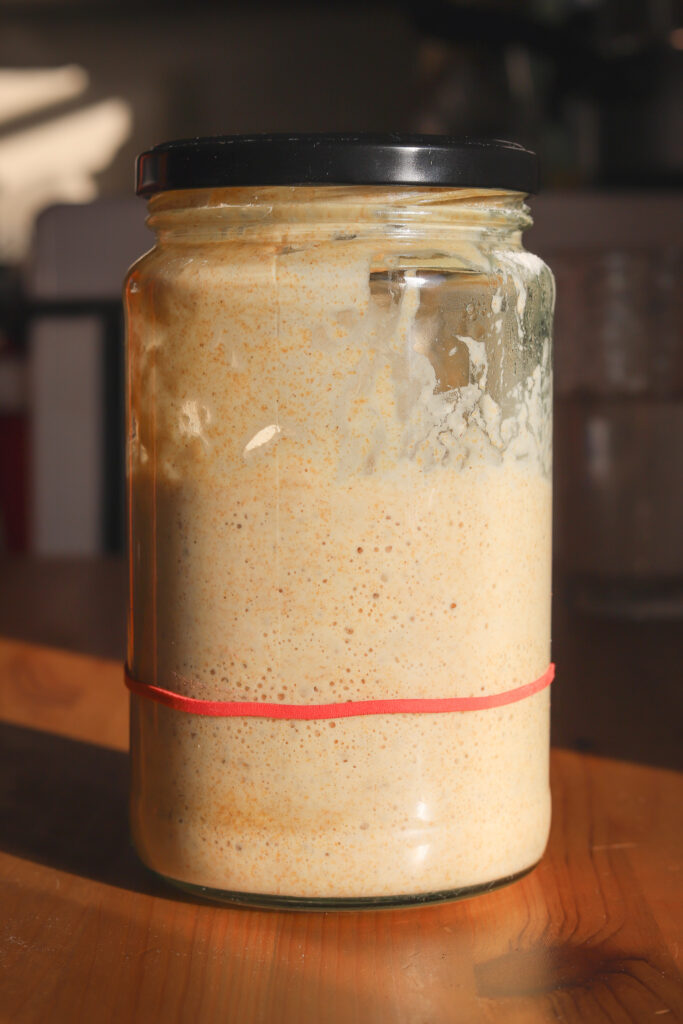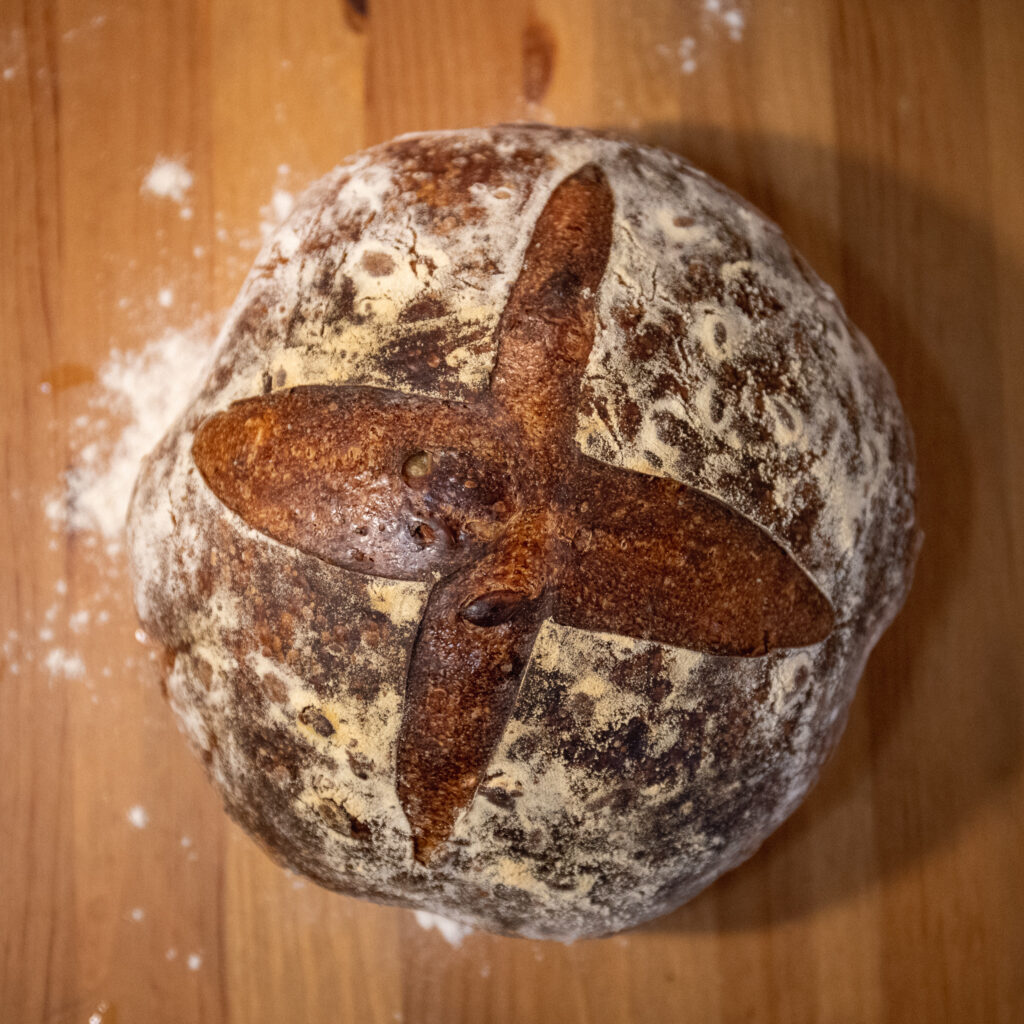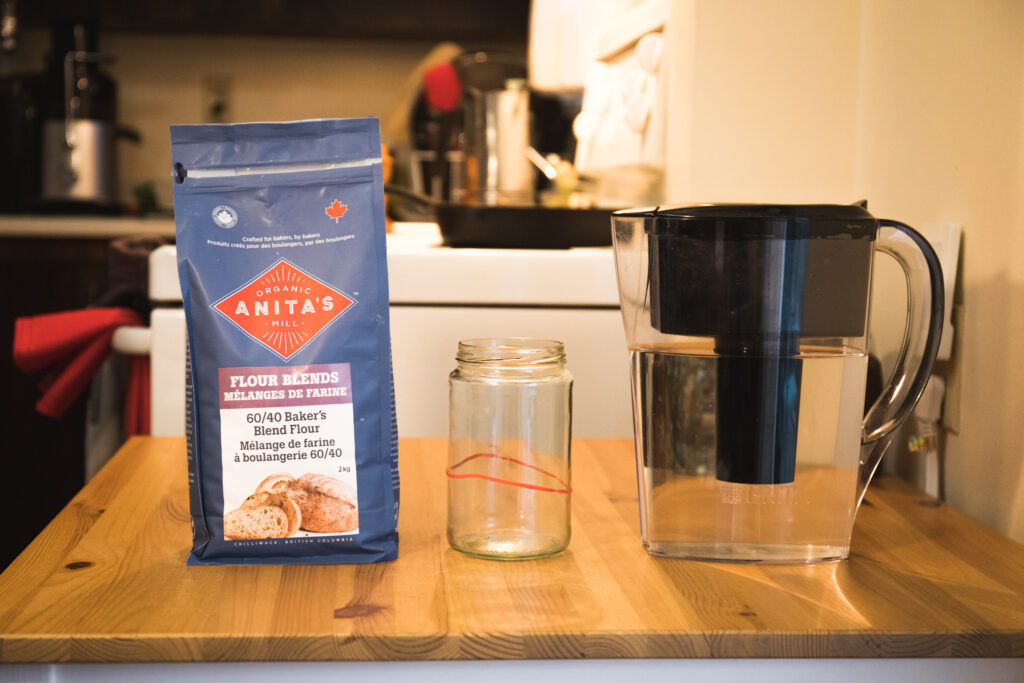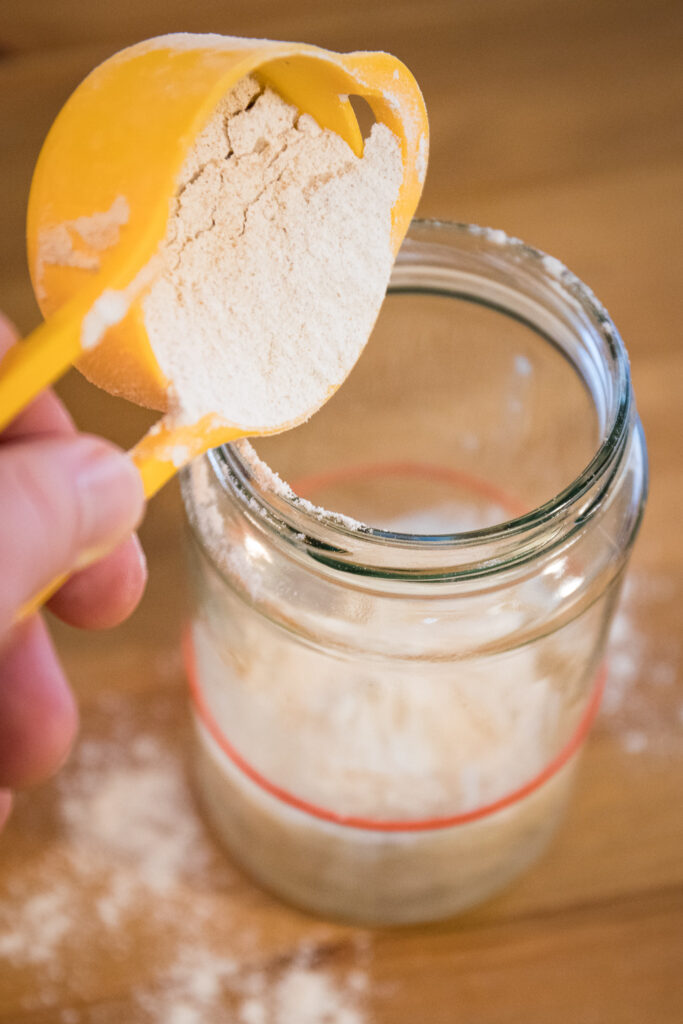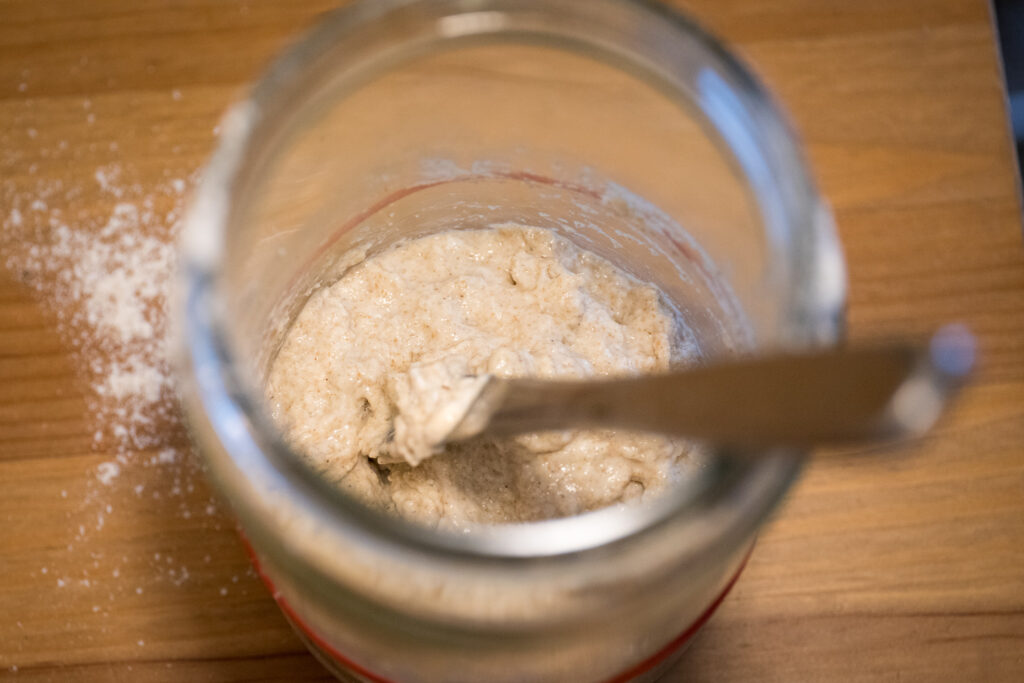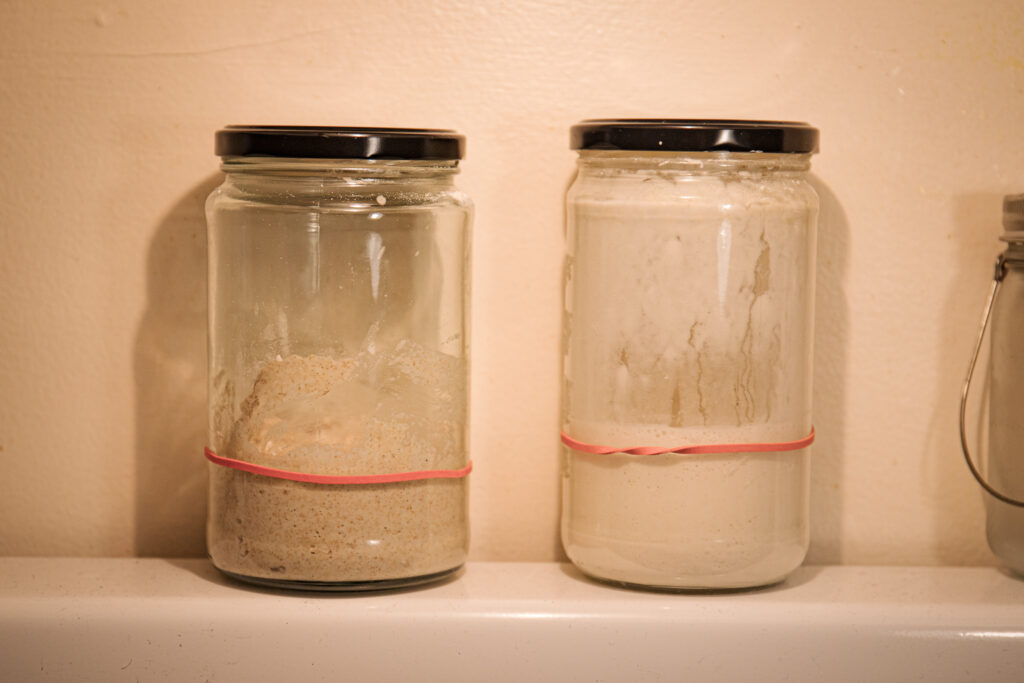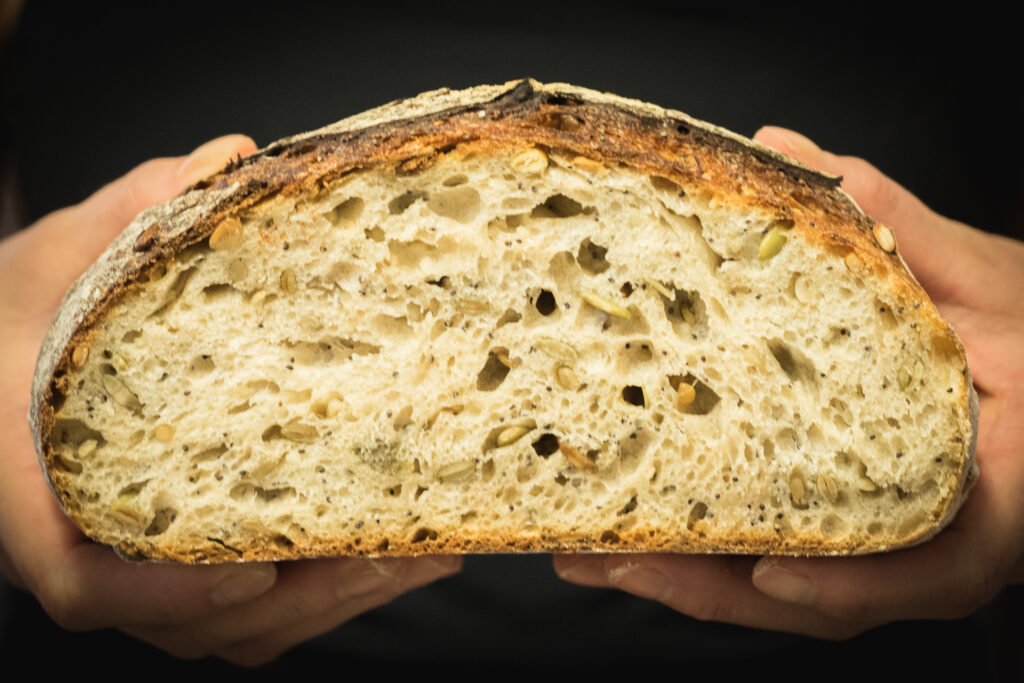
When I first started making sourdough, I would often end up with a loaf of bread that more closely resembled a brick than a loaf of bread and it took a long time and lots of trial and error to finally get a nice fluffy loaf every time. In this blog post, I hope to impart a few tips I have learned that can help you in your own sourdough adventures.
Rising Time
Something that’s easy to overlook is the amount of time it will take for your bread to rise and there are many variables that can impact how fast or slowly it does so. During the course of this sourdough inquiry into the perfect loaf of sourdough bread, it has been cold outside. As a result of this and the poor insulation in my apartment, my sourdough takes time to rise and sometimes even if I give lots of time to rise — 10 hours or more — it still doesn’t rise well. In spite of this, I have discovered a few solutions.
Extra Starter
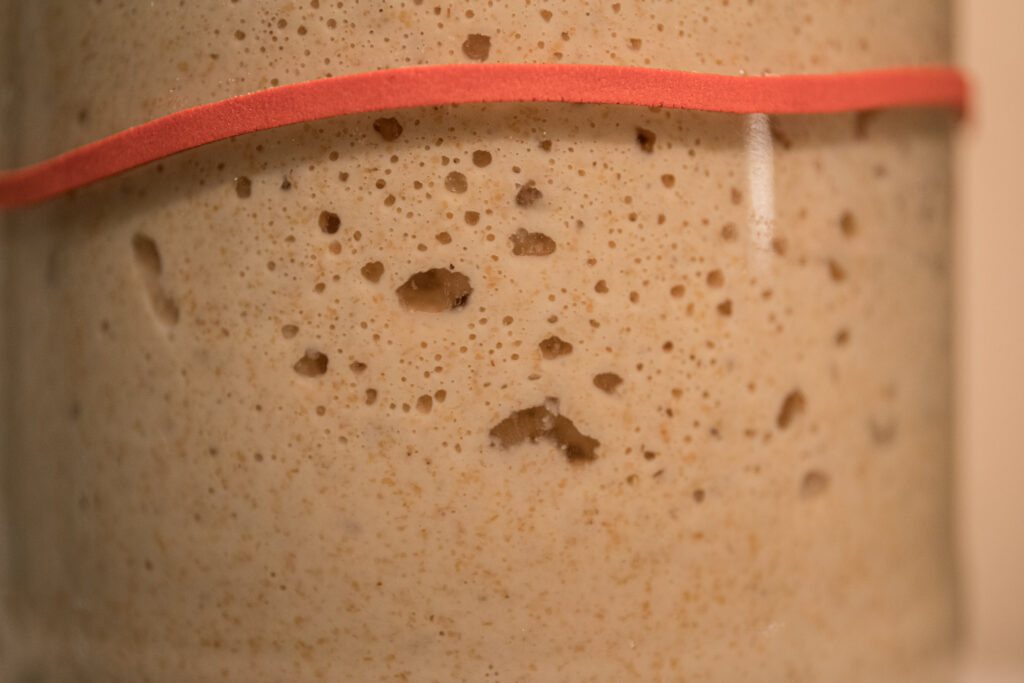
Another trick I use when my apartment is cool and I know it will affect the proofing of my sourdough is to add extra starter when making the dough. The recipe I introduced a few posts ago — my go-to recipe — calls for 100 grams of starter. I use 130 grams or more depending on how cold the space the sourdough is rising in.
Warm Water

Heat is a catalyst and when baking sourdough bread, it does wonders to speed up the rising time of a loaf. Though I haven’t tried hot water as I’m afraid it will kill the bacteria we rely on for it to rise, I often use water around 60 degrees Celsius.
Using a Damp Towel or Cloth
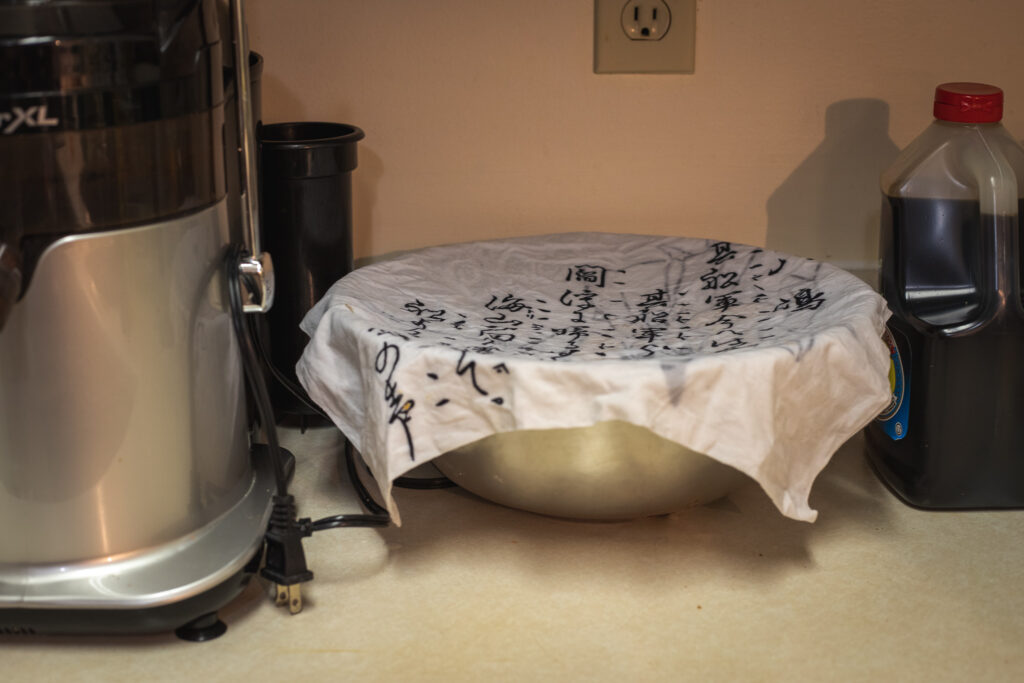
While you let the loaf proof, it’s important that you don’t let the outside of the dough dry out. This will greatly impact how it rises and will hold impede the spring — when it rises in the oven. To avoid this, I find a damp towel or cloth over top of the loaf keeps the outside of the dough hydrated so it keeps rising. If the room it’s rising in is cold, because of wicking, the cloth will be cool too. Keeping the cloth warm can help.
Notes/Extra Reading
Even if you use these tips to help your sourdough bread along, make sure the dough rises properly before you bake it, regardless of how long it takes.
For more info on how to improve how your sourdough rises, the following is quite helpful — True Sourdough
